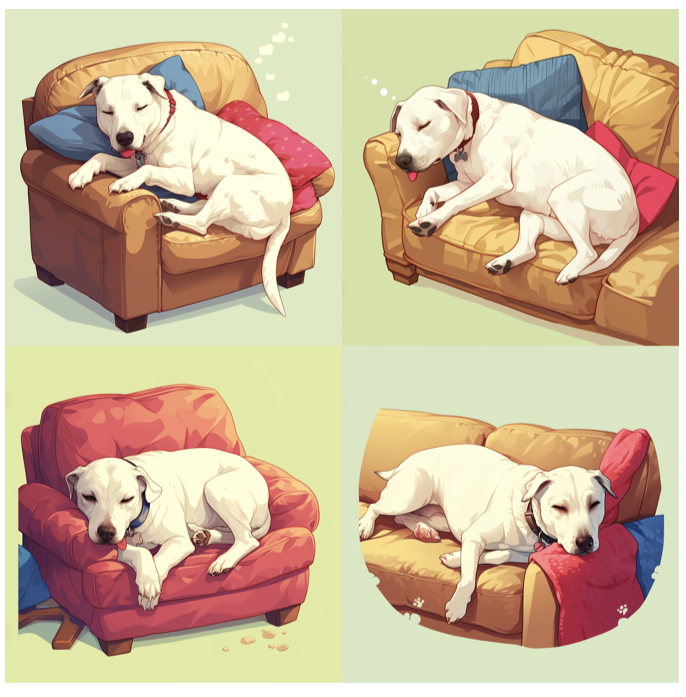All nonprofits—regardless of size, scope, or location—need some sort of electronic storage space to keep track of day-to-day operations, such as expense reporting, client contact information, or meeting plans. As office buildings become more expensive to maintain and less environmentally sustainable, online workspaces are becoming more and more popular. Unfortunately, finding the right workspace for your specific organization can be difficult.
Art Collecting Gone Social with ARTtwo50
As I’m sure you’ve noticed, the advent of digital technologies have radically changed our world. Lately it seems like the process of art collecting finally caught up - Amazon sells original art and services like Gertrude and Art.sy digitize traditional collecting. Perhaps the most innovative and clever of these services is ARTtwo50 - I played with their app over the weekend.
Online Portfolio Management Tool - Works.io
Being an artist or a gallery manager in the 21st century requires an changing degree of technological know-how and engagement -- or so it might seem. In 2008, Technology in the Arts presented some options for free web sites for artists: http://www.technologyinthearts.org/2008/06/free-web-sites-for-artists/. Over the past 5 years things have only gotten easier with html5, ipads, and an ever-growing app market, and artists have more options at their fingertips to create online galleries of their very own. A slick and simple option currently in public beta-test is Works.io.
Database Decisions for the Nano-Nonprofit: Part 2
Last month we began a conversation on database options for the nano-nonprofit, characterized here as the smallest of artistic enterprises, often in the early years of operation, with annual budgets under $60,000, and/or having a paid staff of 5 persons or fewer (if not entirely volunteer-run). When considering data solutions that will allow these lean organizations to capture the nuances of their patron relationships by integrating multiple points of contact (attendance, donations, communications, and personal info), top considerations that emerge are price, ease of use, customer support, and email compatibility.
Learning Made Easy with Painting Portal for iPad
Whether you're someone who just loves to learn or an undergrad trying to absorb all the art history knowledge of all time - have I got a treat for you. I took some time to check out Painting Portal - a helpful compendium of paintings from the iTunes app store.
Future Value in Graph Search for Arts
How Google Art Project Benefits the Public
How many of you have ever imagined being able to see artwork in the greatest museums around the world without leaving your chair? Driven by his passion for art, Amit Sood developed Art Project to let people do just that. The Google Art Project includes various museums from nine different countries, which provides people an access to artworks worldwide. It’s not uncommon, many people and organizations began to think about “online museums” years ago. However, I found two important features, which I rarely notice on other similar websites, that differentiate Google Art Project from others-----the extremely high pixels (10 billion) and the collection button.
image 1
(Image 1)
Some people wondering what could we get from 10 billion pixels? Google Art Project’s pursuit for an extremely high pixel count for each piece ensures audiences have a high level of exploration experience for artworks. For instance, the Harvesters, painted by Pieter Bruegel the Elder in 1565, gives you a general view on the artwork at the first glance (Image 1). Gradually, you will probably be curious about several detailed part of the paintings. What are people doing in the triangle 1 and triangle 2 areas (Image 1)? As you zoom in triangle 1 area, you will clearly see expressions on each person’s face (Image 2). Then you will really want to look deeply. As you start playing around, you will find something going on over there in triangle 2 area. As you zoom into the triangle 2 area, you will find that the artist depicted a scene of kids beating something (Image 3). Apparently, it seems to be a quite popular game. After I did a little research on Google, I found this was a game called score which involves in beating the goose with sticks. You see, I learned something from the exploration process for the painting.
image 2
(Image 2)
(Image 3)
This high standard of pixels also enables people to observe the details about brush strokes and to see how an artist actually creates the masterpiece. As I deeply go to the favorite part of the painting Starry Night painted by Van Gogh. Interestingly, as I zoomed in, the cracks noticed seemly closer the distance between Van Gogh and me. I've never gone into the Starry Night like this before.
Another amazing feature of this project is the collection button. This button enables any one of us to create our own museums online by creating our own collections out of all these images. Moreover, you can introduce your museum to your friends via sending an email and really get a conversation about what your feeling is when going to these masterpieces.
Additionally, we also see some potential values of this project for the arts education field. This could be a great tool for arts teachers to better get to the interpretations of interesting details of the masterpiece in class. For now, the Google Art Project seemingly performs well at a technical level. However, from a management perspective, some people doubt its problematic execution. Another concern is if the implication of Google Art Project is that in the future there will no longer be any need to visit a museum. This is not our focus of this post, but we are curious about your opinion about this project. Leave a comment below!
SFMOMA Families App Drives Away Gallery Fatigue
“When I’m walking around an art gallery, rooms full of paintings, after 15 or 20 minutes, I really am not thinking about the painting, I’m not connecting to them. Instead, I’m thinking about a cup of coffee that I desperately need to wake me up. I believe somebody put the painting on the wall because they think it is good enough to be there. But I don’t see it. I feel unhappy and guilt about my stupidity.” Said Tracy Chevalierin her TED speech about “Finding the story inside the painting” How many of you also suffer from gallery fatigue?
Application Review: 2wice Merce Cunningham Event
Merce Cunningham was always the innovator. The application for mobile devices, 2wice Merce Cunningham Event emerged from a series of performances between 2001 and 2007 for the visual and performing arts journal twice. The resulting application was meant to represent the imagery and experience of dance in a new medium.
Applications for Inspiration: IBM THINK and Moodstream
Today is a day for inspired thought and dreamy retrospection as we take a look at two neat applications; IBM THINK and Getty Images’ Moodstream. The first marvels in the progress of mankind while the second uses a combination of archived photographs, videos, and music to create a mood!















